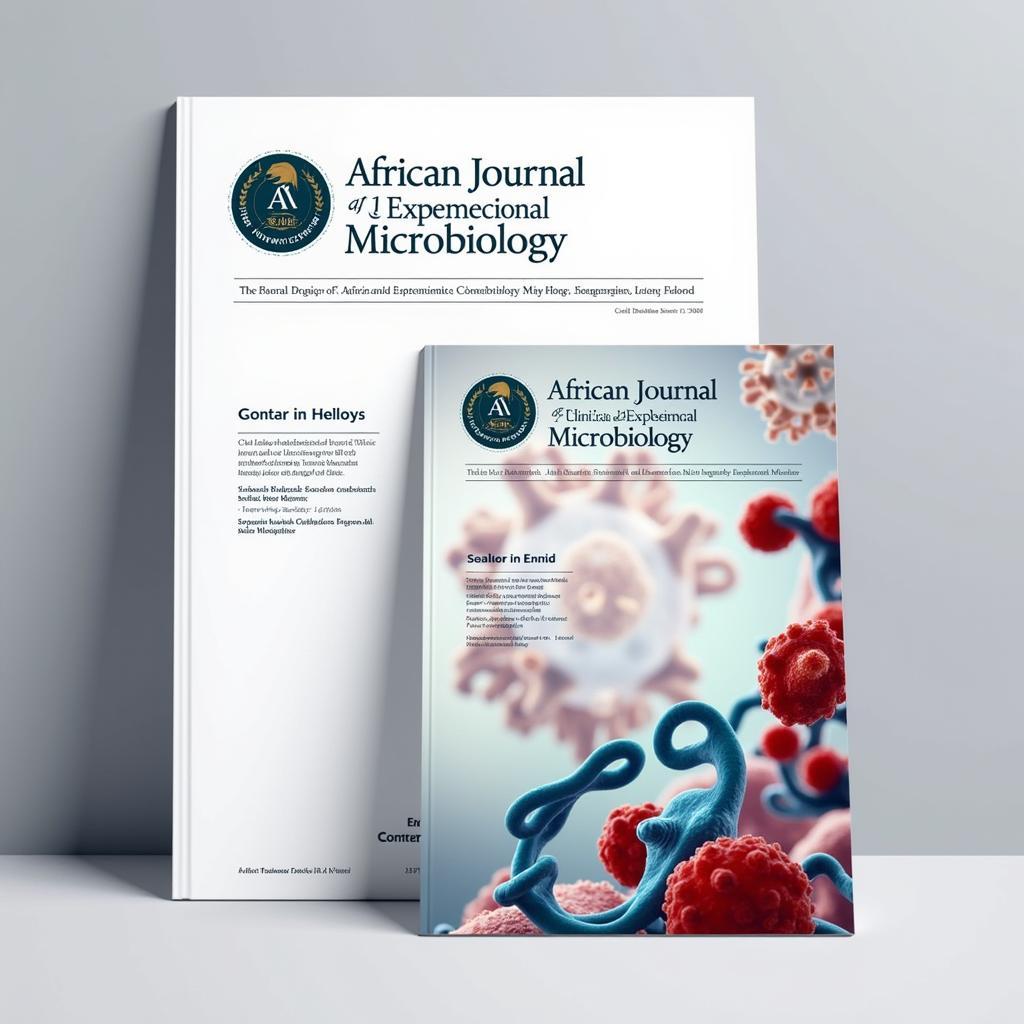Unveiling the Majesty of the African Kuba Pattern
The African Kuba Pattern, a testament to the artistry of the Kuba people of central Africa, is more than just a design; it’s a visual language, a narrative woven into the fabric of their culture. These intricate geometric patterns, often seen adorning textiles, carvings, and even body paint, hold a deep significance, reflecting the Kuba people’s rich history, social structure, and spiritual beliefs. Let’s delve into the captivating world of the African Kuba pattern and uncover the stories it tells.
The Origins and Evolution of Kuba Cloth Design
The Kuba Kingdom, located in the Democratic Republic of Congo, boasts a long and illustrious history of textile production. The origins of the Kuba pattern can be traced back centuries, evolving from simple geometric forms to the complex and layered designs we admire today. This evolution reflects not only the Kuba people’s artistic ingenuity but also their adaptability and openness to new influences.
What sets the Kuba pattern apart is its unique production process. Unlike many other African textiles, Kuba cloth, also known as “shoowa,” isn’t woven on a loom. Instead, it’s created through a meticulous process of raffia palm fiber embroidery, cut-pile, and appliqué. This intricate technique allows for the creation of richly textured and visually stunning designs. The patterns themselves are often characterized by a combination of geometric shapes, such as squares, triangles, and diamonds, arranged in intricate and interlocking configurations.
Decoding the Symbolism Within African Kuba Patterns
The Kuba people don’t merely create patterns for aesthetic pleasure; each design holds a deeper meaning, often imbued with symbolic significance. Certain patterns represent clan affiliations, social status, or even specific historical events. For instance, the “Ibol” pattern, characterized by its interlocking squares, symbolizes prestige and royalty. Other patterns represent animals, plants, or natural phenomena, reflecting the Kuba people’s close relationship with their environment. The African Kuba pattern description provides a deeper understanding of these intricate symbols. You can also find more about African applique techniques.
The use of color in Kuba patterns also carries symbolic weight. Natural dyes are traditionally used to create a rich palette of earthy tones, with each color representing a specific meaning. For instance, red often symbolizes power and strength, while white represents purity and spirituality. This deep symbolism elevates the Kuba pattern beyond mere decoration, transforming it into a powerful form of visual communication.
What are the different types of Kuba cloth patterns?
There are numerous Kuba cloth patterns, each with distinct names and meanings. Some of the most well-known include the “Ibol,” “Mboko,” and “Yord.” These patterns vary in complexity and symbolism, reflecting the diverse cultural expressions within the Kuba Kingdom.
The Enduring Legacy of the African Kuba Pattern in Modern Design
Today, the African Kuba pattern continues to inspire artists and designers worldwide. Its influence can be seen in various forms, from fashion and interior design to contemporary art and architecture. This enduring legacy speaks to the timeless beauty and cultural significance of the Kuba pattern.
The African kuba pattern isn’t just a historical artifact; it’s a living tradition, continuing to evolve and adapt in the 21st century. As we appreciate the intricate beauty of these designs, we also acknowledge the rich cultural heritage they represent. Exploring the African cloth texture and various African flyer design ideas can provide further inspiration. Those interested in acquiring a piece of this rich heritage might want to explore some African art images for sale.
Conclusion: Appreciating the Artistry of the African Kuba Pattern
The African Kuba pattern is a testament to the creativity and ingenuity of the Kuba people. From its intricate designs to its rich symbolism, the Kuba pattern offers a captivating glimpse into a vibrant culture. By understanding the history and meaning behind these patterns, we can truly appreciate the artistry and cultural significance of this remarkable art form.
FAQ:
-
What is Kuba cloth made of? Kuba cloth is primarily made from raffia palm fibers.
-
How are Kuba patterns created? They are created using techniques like embroidery, cut-pile, and appliqué.
-
What do Kuba patterns symbolize? They symbolize various aspects of Kuba culture, including clan affiliations, social status, and natural elements.
-
Where is the Kuba Kingdom located? It’s located in the Democratic Republic of Congo.
-
Are Kuba patterns still used today? Yes, they continue to inspire artists and designers around the world.
-
Where can I learn more about African Kuba patterns? Resources like the African Kuba pattern description provide detailed information.
-
Where can I buy Kuba cloth or items featuring Kuba patterns? Many online and offline retailers specialize in African art, offering a wide selection of Kuba textiles and other crafts.
Common Scenarios and Questions:
Scenario: You’re looking for a unique and culturally rich textile for your home.
Question: Where can I find authentic Kuba cloth?
Scenario: You are a fashion designer seeking inspiration for a new collection.
Question: How can I incorporate Kuba patterns into my designs respectfully?
Further Exploration:
Explore more about related topics such as African applique techniques or discover available African art images for sale.
Call to Action:
For further assistance or inquiries, please contact us at +255768904061, email kaka.mag@gmail.com, or visit us at Mbarali DC Mawindi, Kangaga, Tanzania. We have a 24/7 customer service team ready to assist you.


